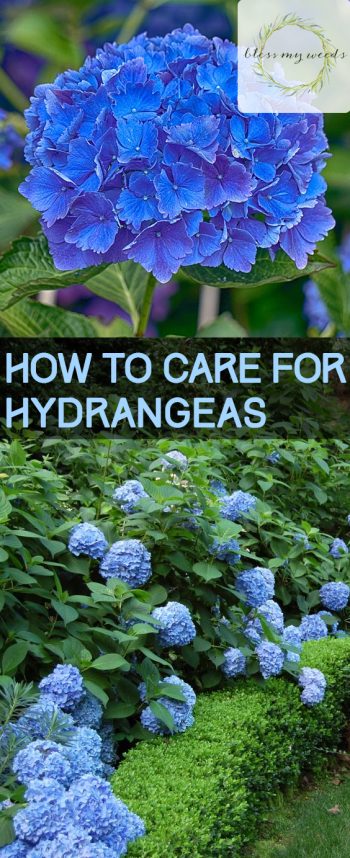
When it comes to garden ideas, hydrangeas are a favorite of many — and for good reason. Hydrangeas offer large, vibrantly-colored blooms and a heavenly fragrance. They aren’t difficult to grow, but if you’re going to be successful and get the best results, there are some things you’ll want to know about hydrangea care before you get started.
1. Start on the Right Foot
If you want plenty of gorgeous blooms, choose a hydrangea variety that’s known to be cold hardy in your USDA zone. When shopping for hydrangeas, check the plant tags to see if it requires shade or sun, and make sure you have a fitting spot in mind before you buy. Early summer and fall are usually the best times to plant hydrangeas.
2. Pick the Right Soil
Hydrangeas need well-drained soil. They will also provide a better show of blooms if you add quality organic material into the soil at the time of planting. Mix it in well to loosen the soil and provide necessary nutrients.
3. Don’t Plant Too Deep
Hydrangeas aren’t meant to be planted too deeply in the soil. When you buy your plants, make note of how deep they’ve been planted in the existing pot and don’t go any deeper than that.
4. Plant Away from Trees
Avoid planting your hydrangea bushes under trees or too close to other large bushes or shrubs. This will lead to the roots having to compete for the necessary nutrients and water, affecting your success.
5. Water, But Don’t Overwater
Hydrangeas do need moisture to develop strong roots, especially for the first couple of years. However, don’t let them sit in standing water, since they can be prone to root rot under excessively wet conditions.
6. Fertilize
Every year, early in the growing season, give your hydrangeas a balanced, slow-release fertilizer. If you prefer, fertilize twice per year with a 10-10-10 formula. Organic alternatives to these may be commercial compost or manure. Just be sure to stop fertilizing by August so your hydrangeas will be ready to go dormant in the fall.

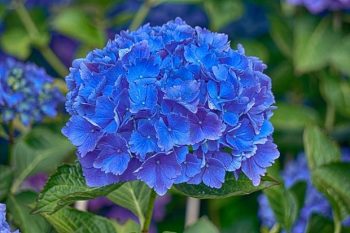
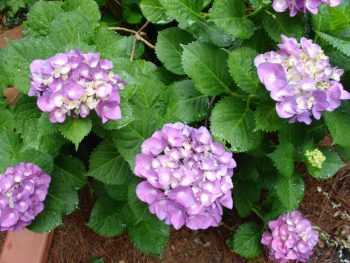
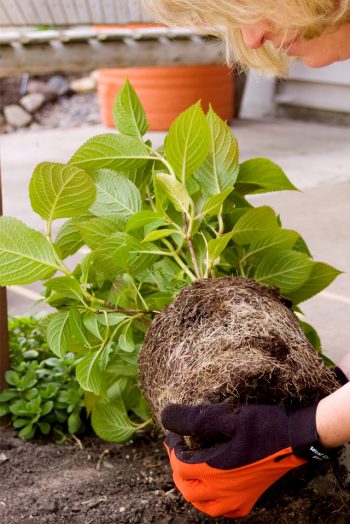
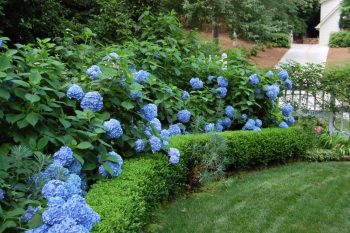
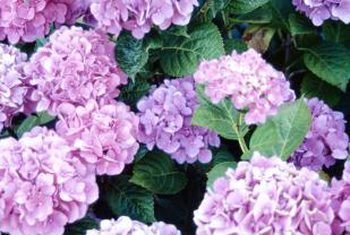
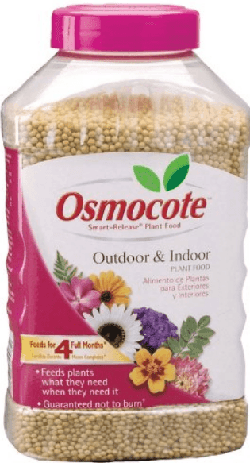
Leave a Reply